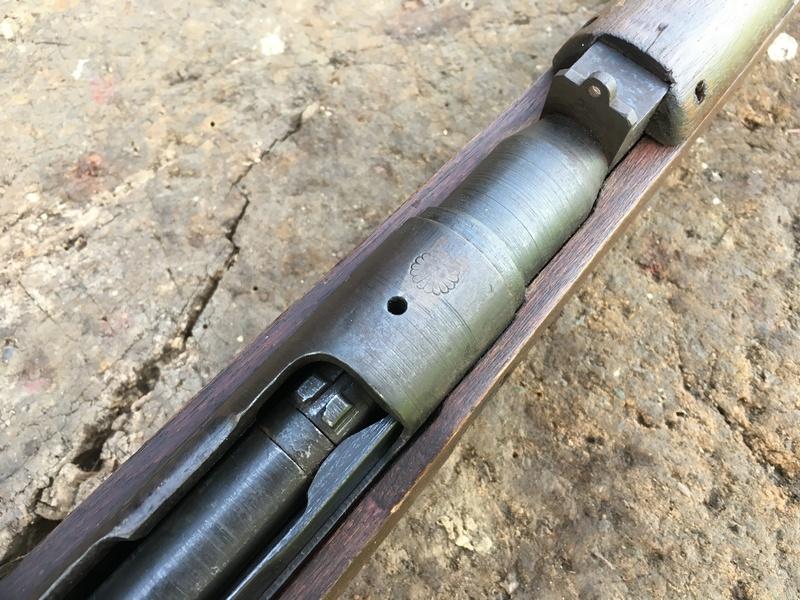

In Bolt Action Rifles, Frank de Haas wrote about a Type 38 that was re-chambered to. A great deal of flash was produced and barrels unscrewed, but the rifles tested-even late 99s-were never seriously compromised. Ackley and others used them to experiment with high-pressure loads that would have reduced other rifles to shrapnel. Japanese bolt actions are the strongest turnbolt weapons ever devised. Some have suggested these vents make the rifles unsafe. The overwhelming concern of the new setup was the security of the receiver in case cartridges failed catastrophically. Mauser’s Gewehr 98 appeared almost immediately thereafter, and Japanese studies quickly recommended adopting the new safety and strength features of the upgraded German system. Nariakira Arisaka’s Ordnance Research Commission. But by 1897, Japan’s military societies understood the need to upgrade to the standards of Europeans, and they adopted a Mauser derivative repeating rifle called the Type 30, which was designed by Col. Japan had been a feudal state well into the 19th century. The earlier system used the anniversary of the reigning monarch, so the old Type 38 marked the 38th year of the Meiji era (or 1905 to the West). Our 1939 was Japanese year 2599, and therefore, the new 7.7mm rifle became the Type 99.

After about 1930, the last two digits of the Japanese calendar year were used. Japanese model designations are based on the reign of emperors and the establishment of royal lines. And to some Japanese contacts, only the Type 38, the earlier of the contemporary rifles, is truly an “Arisaka.” It’s worth noting that Japanese bolt-action rifles are often discussed as one entity, which they aren’t. From 1906 to 1945, Japanese factories produced about 6.4 million rifles. Inhibited by a chronic lack of automatic weapons, especially submachine guns, Japanese soldiers tried to accomplish a lot that proved impossible. The story of Japanese battle rifles from 1905 to 1945 is brilliant and tangled. The venture set a course that leads here. I quickly discovered Masami Tokoi of Tokyo and several others.

Fortunately, my next-door neighbor, Bill Flanagan, had a large collection of those rifles and knew a lot about them and their unique qualities. I was to be a consultant, properties master, acquisitions manager and weapons guy on an amateur WWII film project beginning the next year. In the spring of 1963, I had two American high-powered rifles and an interest in World War II history. Years ago, I’d seen Japanese battle rifles at gun shows and in the closet of my good friend Dexter Thunder, whose father boasted a captured “Jap 31.”


 0 kommentar(er)
0 kommentar(er)
